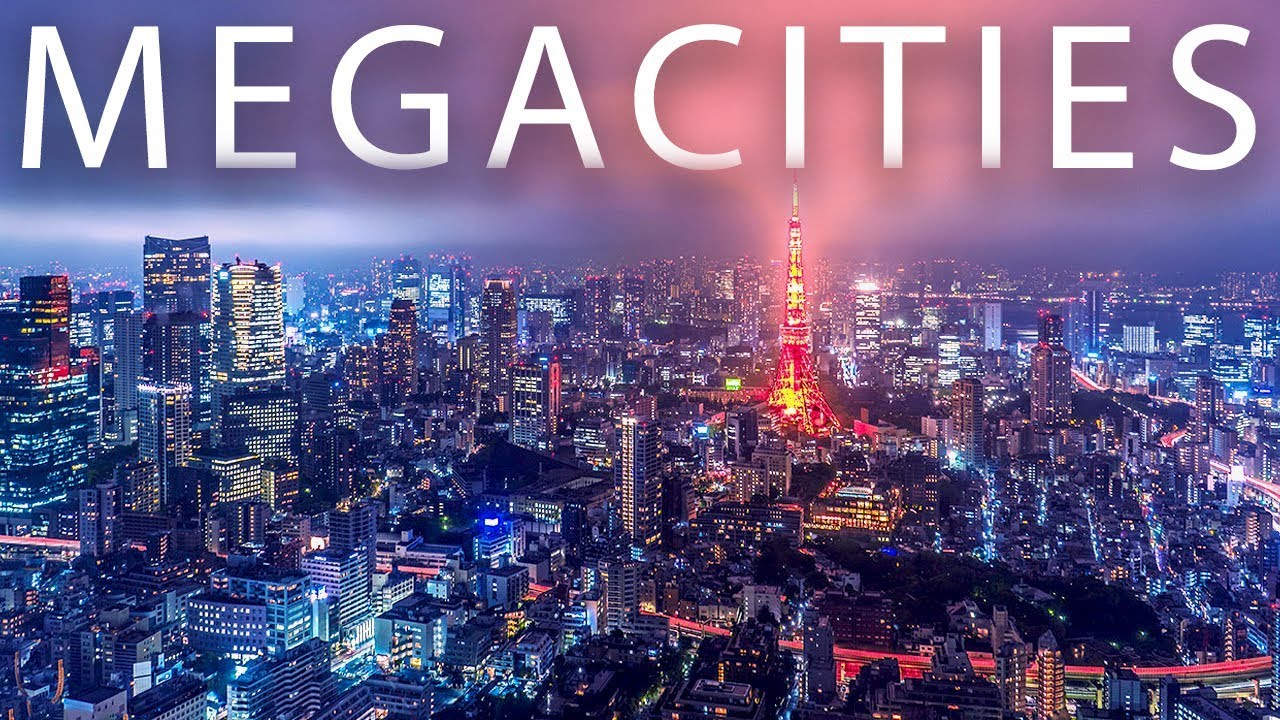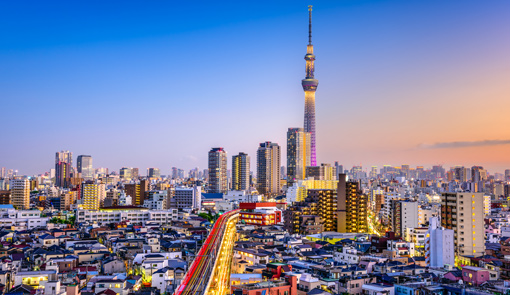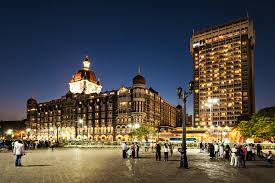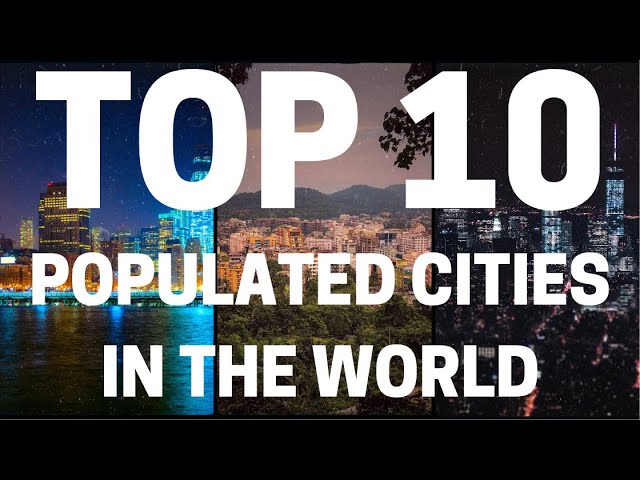Table of Contents
Introduction:
In an era defined by unprecedented urbanization and population growth, megacities stand as towering symbols of human ingenuity, ambition, and complexity. These vast urban centers, home to millions of inhabitants, pulse with energy, diversity, and dynamism, shaping the social, cultural, and economic landscapes of our planet. In this extensive exploration, we embark on a journey to uncover the biggest cities in the world, delving into their origins, evolution, and the myriad challenges and opportunities they present to humanity.
Understanding Megacities:

Define the concept of megacities and explore the criteria used to classify cities as such, including population size, density, and economic importance.
Discuss the historical context of urbanization and the factors driving the rapid growth of megacities, including industrialization, migration, and globalization.
Examine the unique characteristics of megacities, including their diverse populations, sprawling infrastructure, and complex social and economic dynamics.
Ranking the Largest Cities:
Provide an overview of the world’s largest cities by population size, highlighting their geographic distribution and demographic trends.
Discuss the challenges of accurately measuring and ranking the size of cities, including variations in definitions, data sources, and urban boundaries.
Explore the top contenders for the title of the world’s biggest city, including Tokyo, Shanghai, and Mumbai, and the factors contributing to their immense population densities.
Tokyo: The Urban Giant of Japan:

Examine the rise of Tokyo as the largest metropolitan area in the world, home to over 37 million people.
Discuss the historical and cultural significance of Tokyo, including its role as the political, economic, and cultural capital of Japan.
Explore the challenges facing Tokyo, including overcrowding, transportation congestion, and environmental sustainability, and the innovative solutions being implemented to address them.
Shanghai: China’s Economic Powerhouse:
Analyze the rapid growth of Shanghai into one of the world’s largest and most dynamic megacities, with a population exceeding 26 million.
Discuss Shanghai’s evolution from a colonial trading port to a global financial center and manufacturing hub, driving China’s economic growth and development.
Examine the social and environmental challenges facing Shanghai, including income inequality, pollution, and urban sprawl, and the government’s efforts to promote sustainable development and improve quality of life.
Mumbai: India’s City of Dreams:

Explore the cultural and economic significance of Mumbai, India’s largest city and financial capital, with a population exceeding 20 million.
Discuss Mumbai’s role as the entertainment capital of India, home to Bollywood, as well as a major center for finance, commerce, and technology.
Examine the social and infrastructure challenges facing Mumbai, including poverty, slums, and inadequate public services, and the efforts to address them through urban renewal projects and community development initiatives.
Challenges and Opportunities:
Discuss the common challenges facing megacities around the world, including urban sprawl, congestion, pollution, and social inequality.
Explore the opportunities presented by megacities, including economic growth, cultural exchange, and innovation, and the potential for sustainable urban development and resilience.
Highlight the importance of effective urban planning, governance, and community engagement in addressing the complex issues facing megacities and improving quality of life for their residents.
Future Trends and Projections:
Analyze the future trajectory of megacities, including projections of population growth, urbanization rates, and demographic shifts.
Discuss the impact of emerging technologies, such as artificial intelligence, automation, and renewable energy, on the development and sustainability of megacities.
Explore alternative models of urban development, including compact cities, mixed-use zoning, and green infrastructure, aimed at creating more livable, resilient, and equitable urban environments.
Conclusion:
Megacities represent the epitome of human achievement and ambition, serving as centers of innovation, creativity, and diversity on a global scale. As we confront the challenges of rapid urbanization and population growth, it is imperative that we work together to build sustainable, inclusive, and resilient cities that promote the well-being and prosperity of all their inhabitants. By harnessing the power of technology, collaboration, and innovation, we can create a brighter future for the world’s megacities and ensure that they remain vibrant, dynamic, and livable for generations to come.
For More Information Please Visit These Websites Craiyon And arturia

